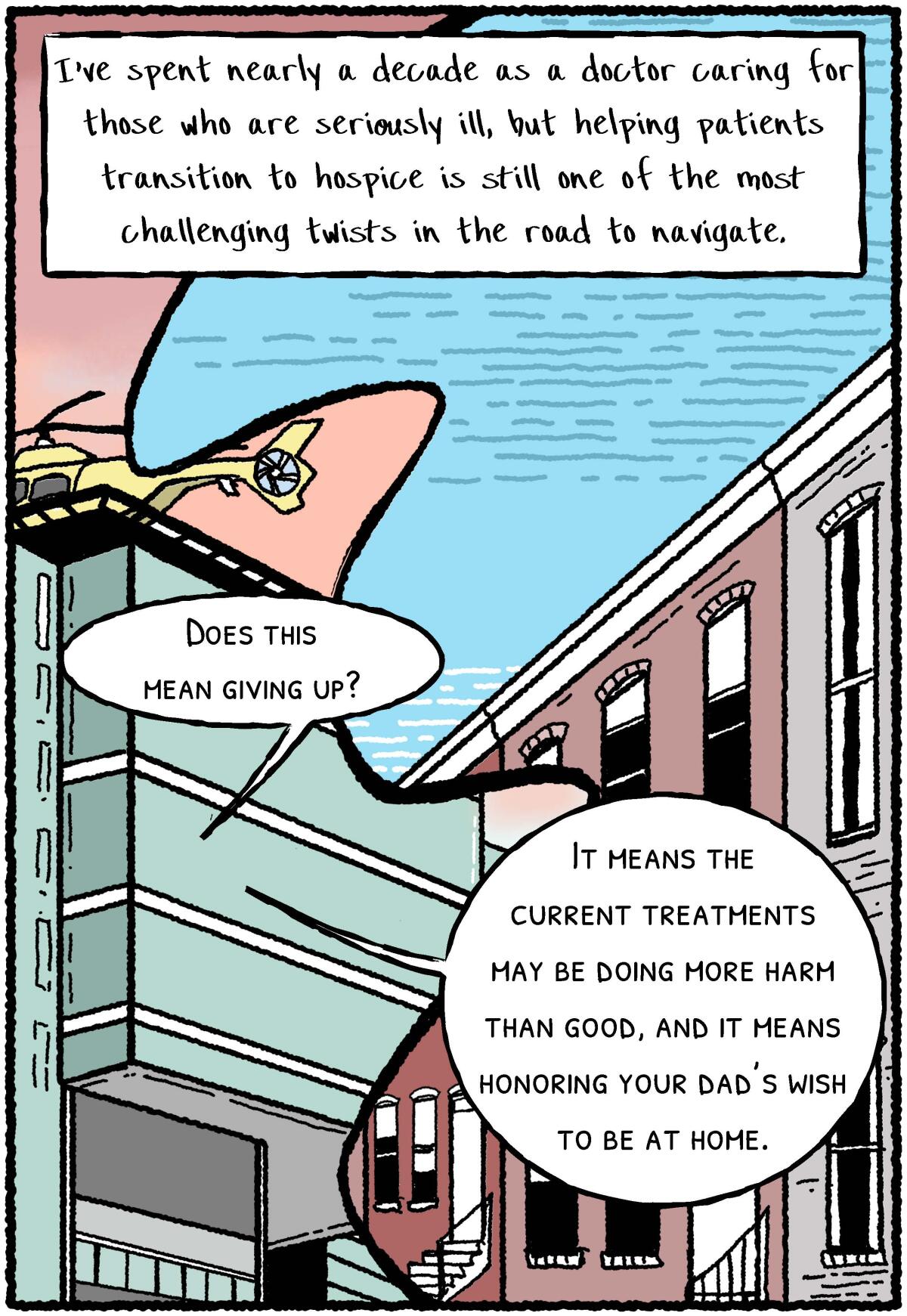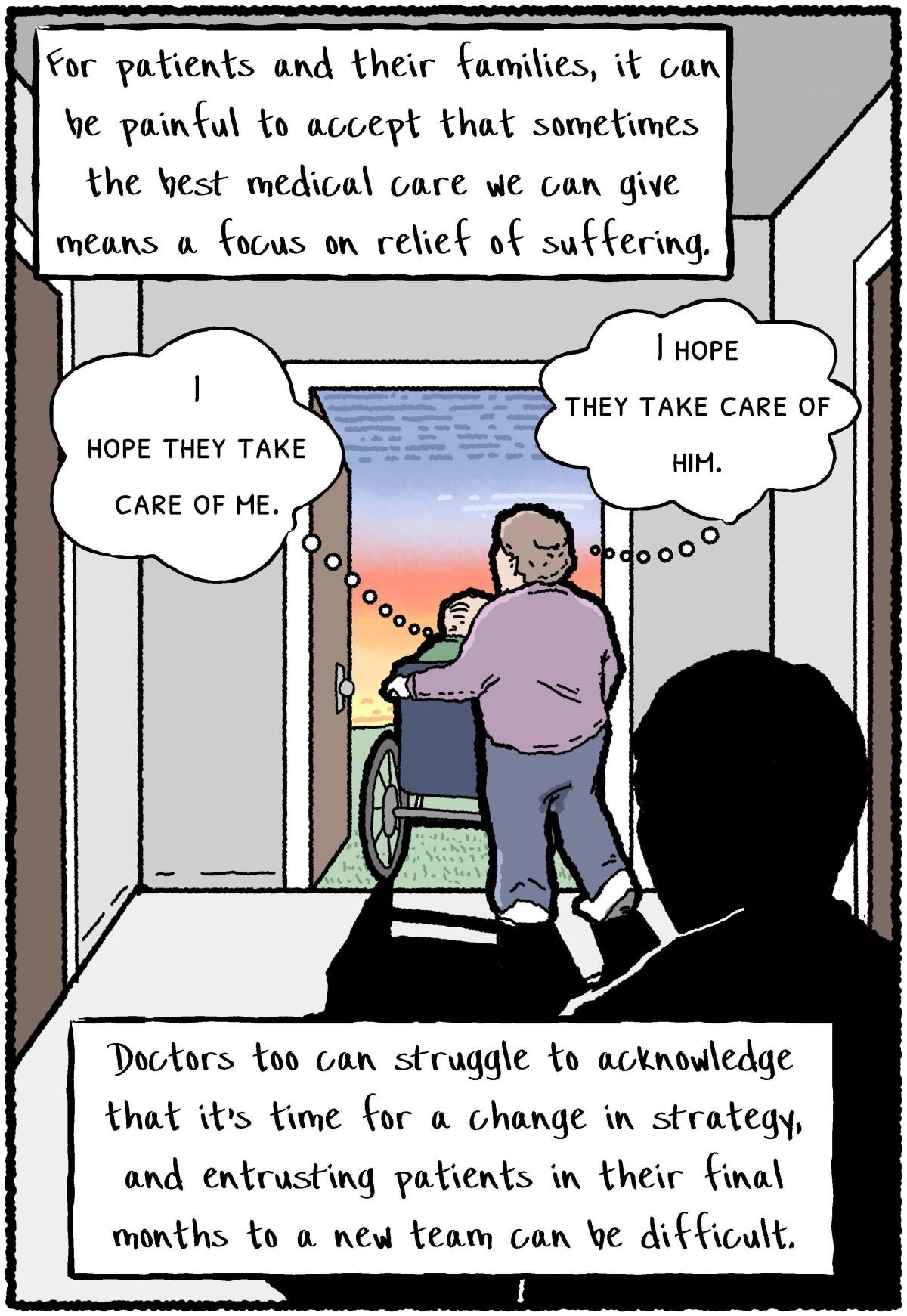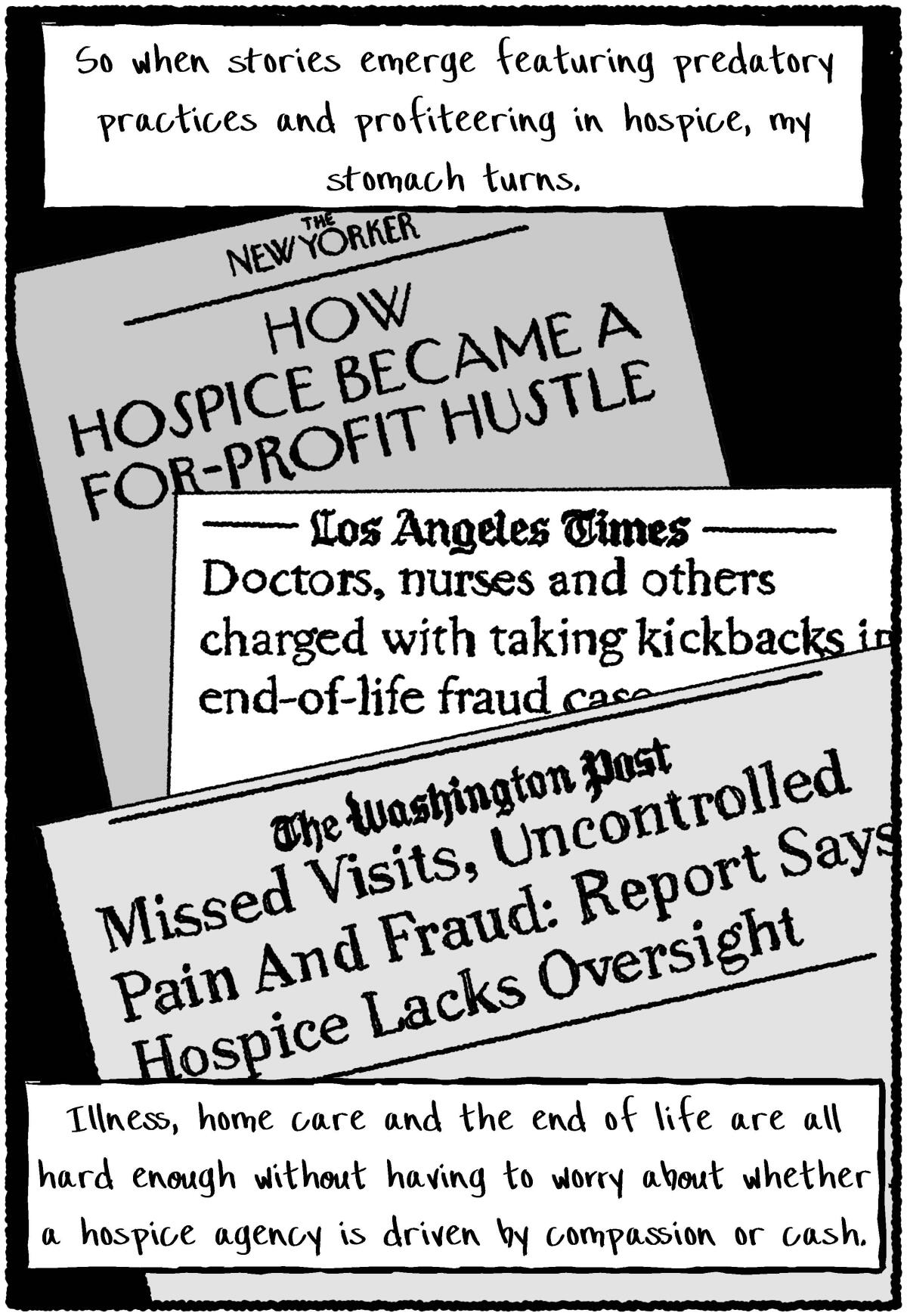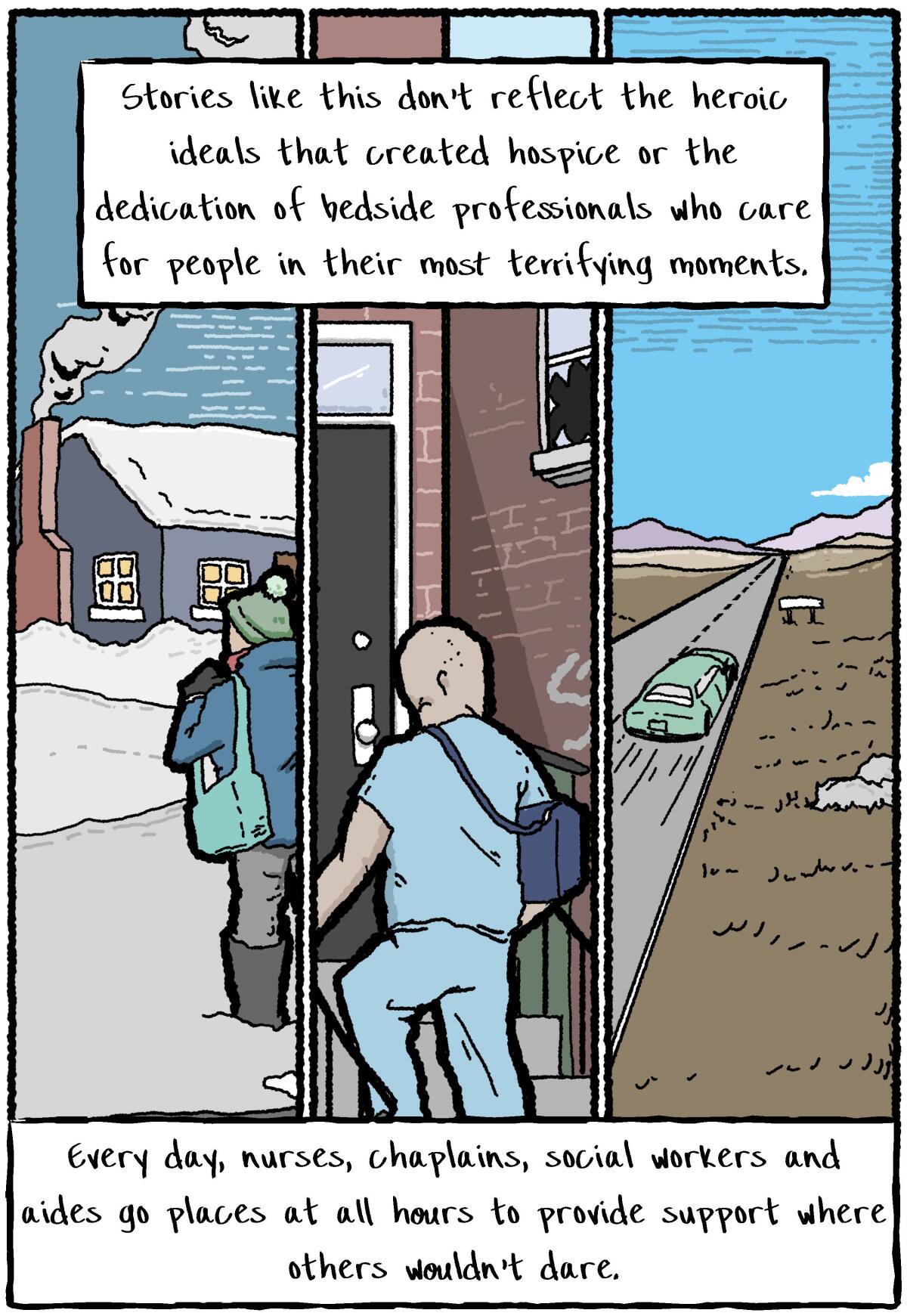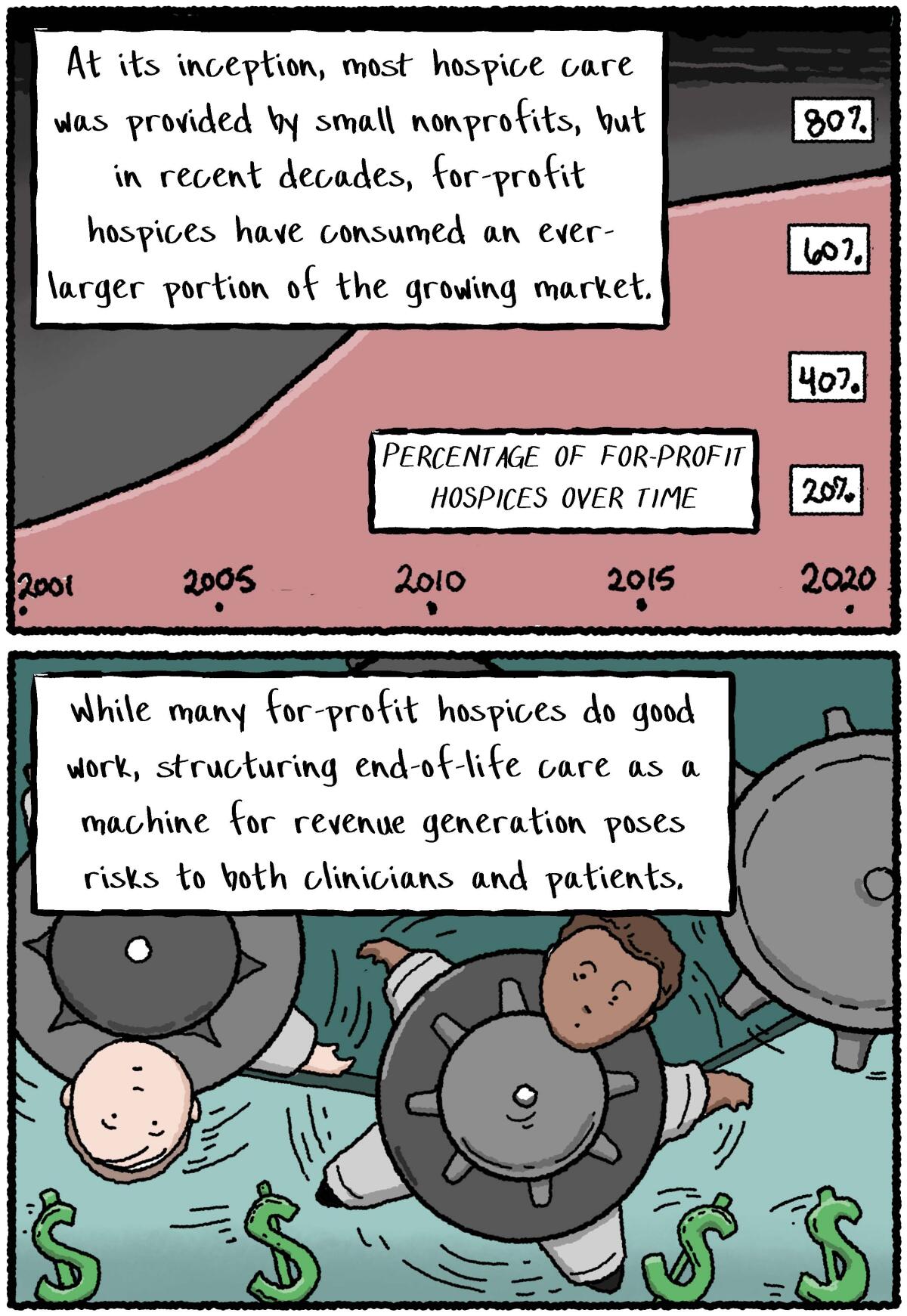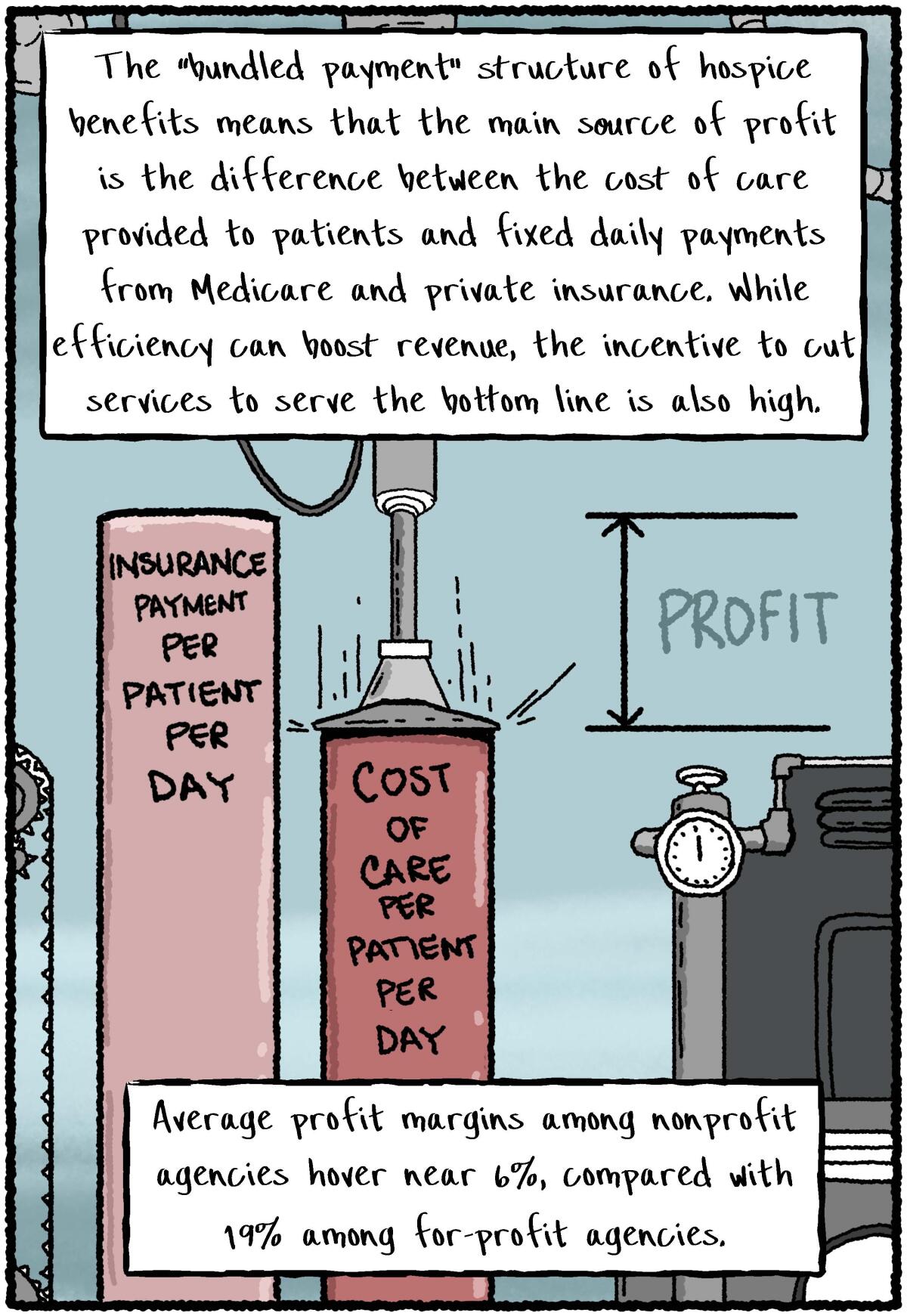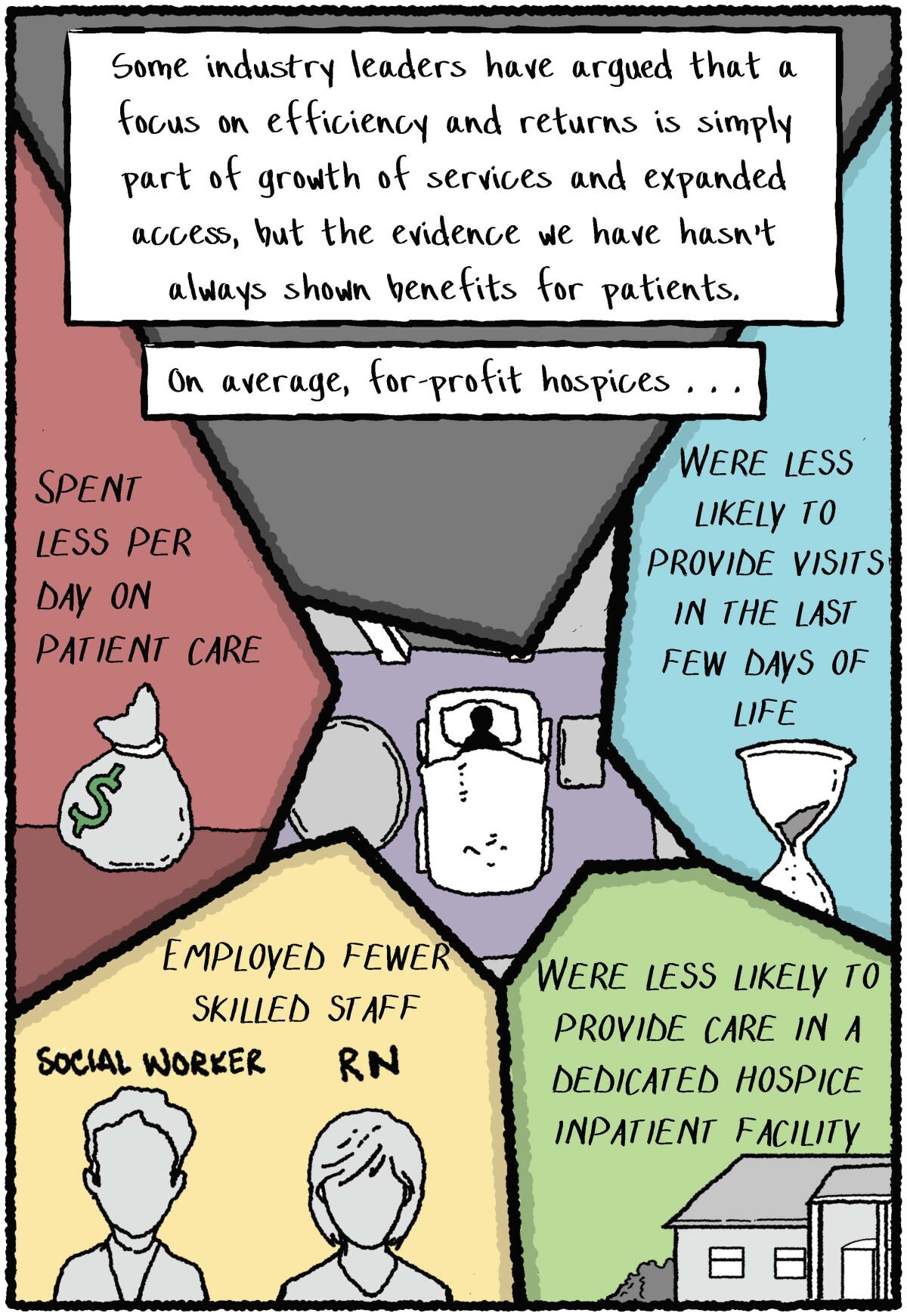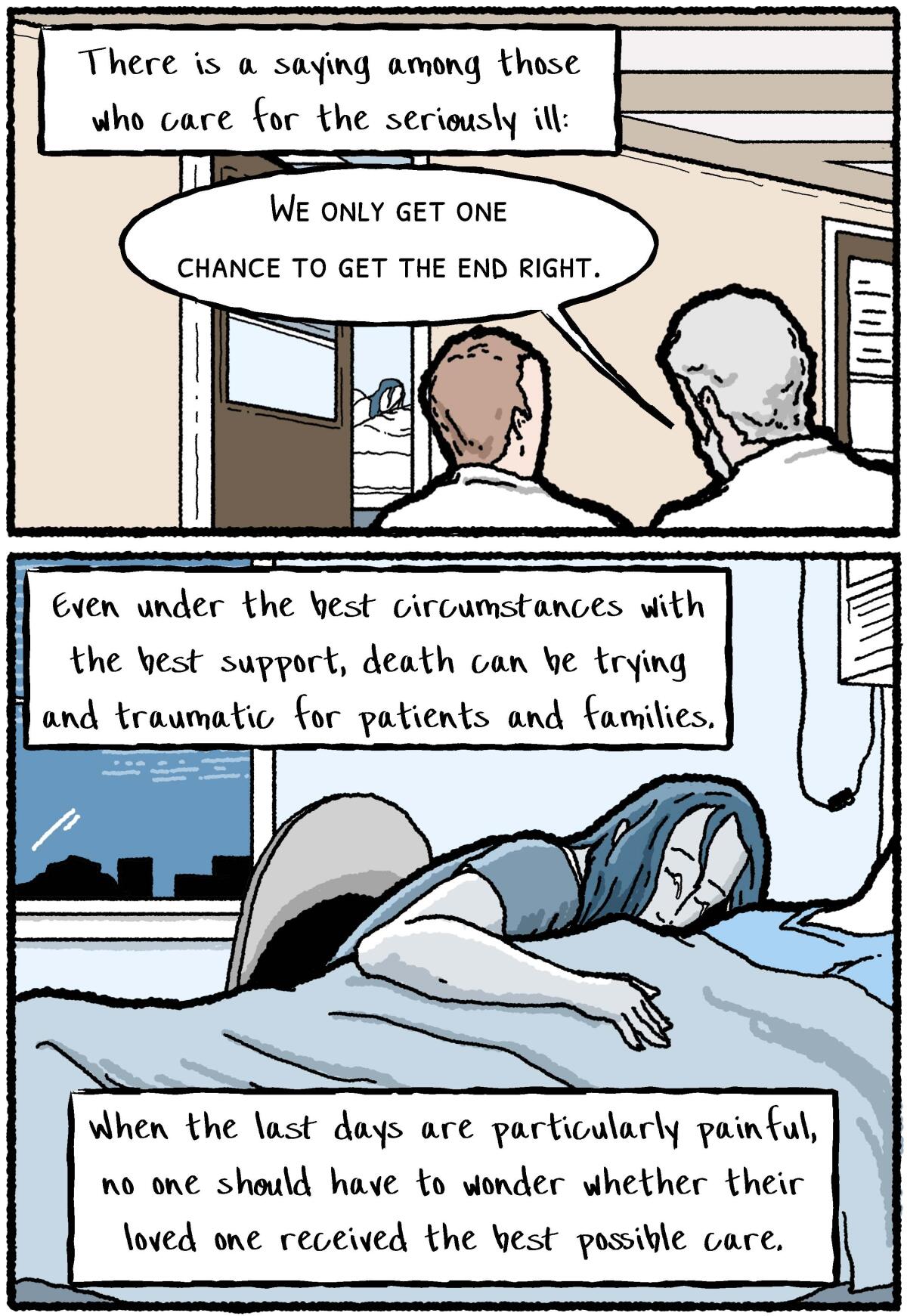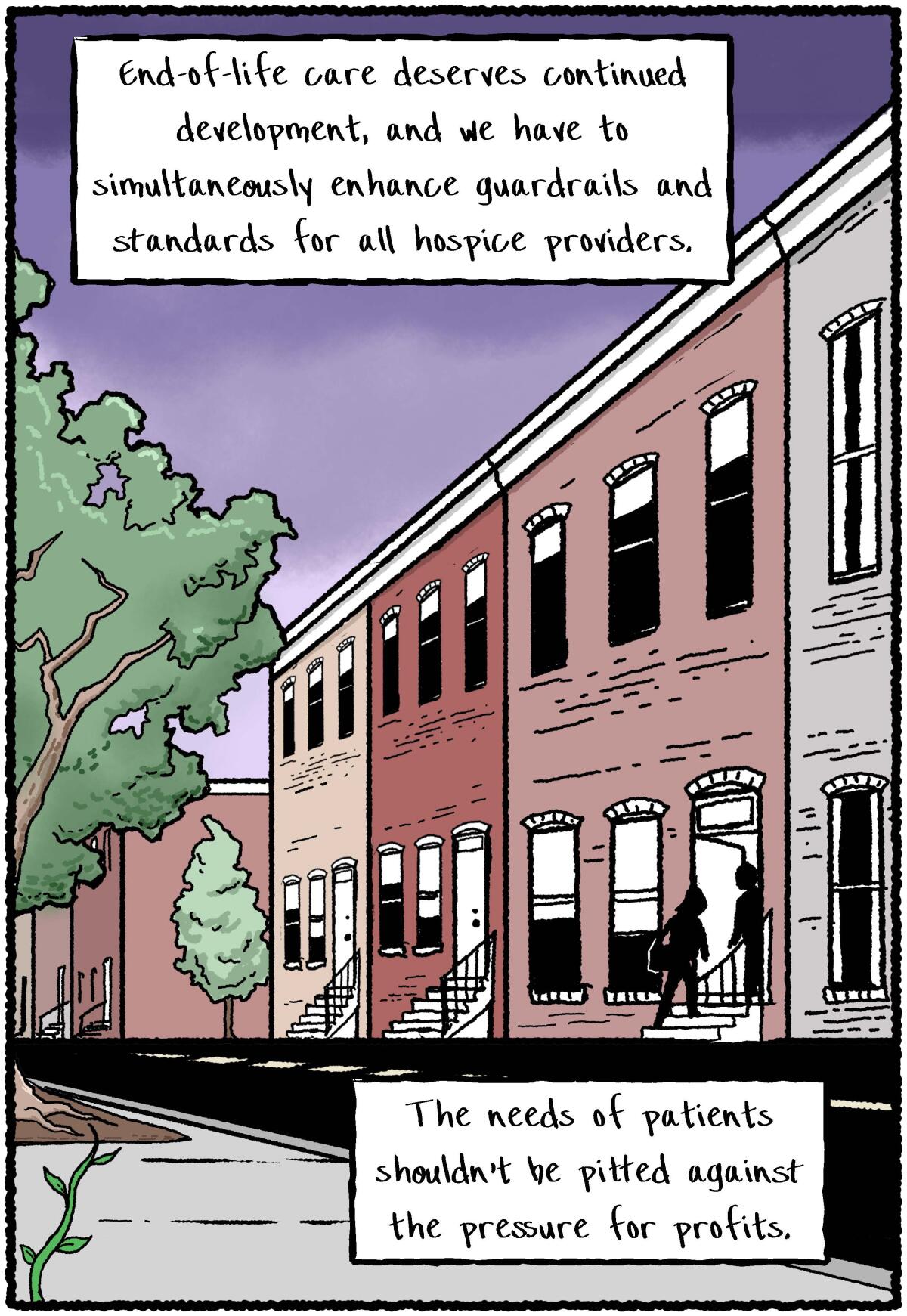Newsletter
A cure for the common opinion
Get thought-provoking perspectives with our weekly newsletter.
You may occasionally receive promotional content from the Los Angeles Times.
More From the Los Angeles Times
Podcasts
In this episode, we discuss the history here, what lessons were learned — and not — and how that can inform what we we do this time around as we attempt to rebuild Altadena and the Pacific Palisades.
This week’s episode covers the sentencing and future legal proceedings for “The Ketamine Queen” — the doctor who pled guilty to supplying Matthew Perry with ketamine.
This week, “A Matter of Degrees,” hosted by Dr. Leah Stokes & Dr. Katharine Wilkinson, discuss how insurance companies are failing to accommodate for the impacts of climate change.
